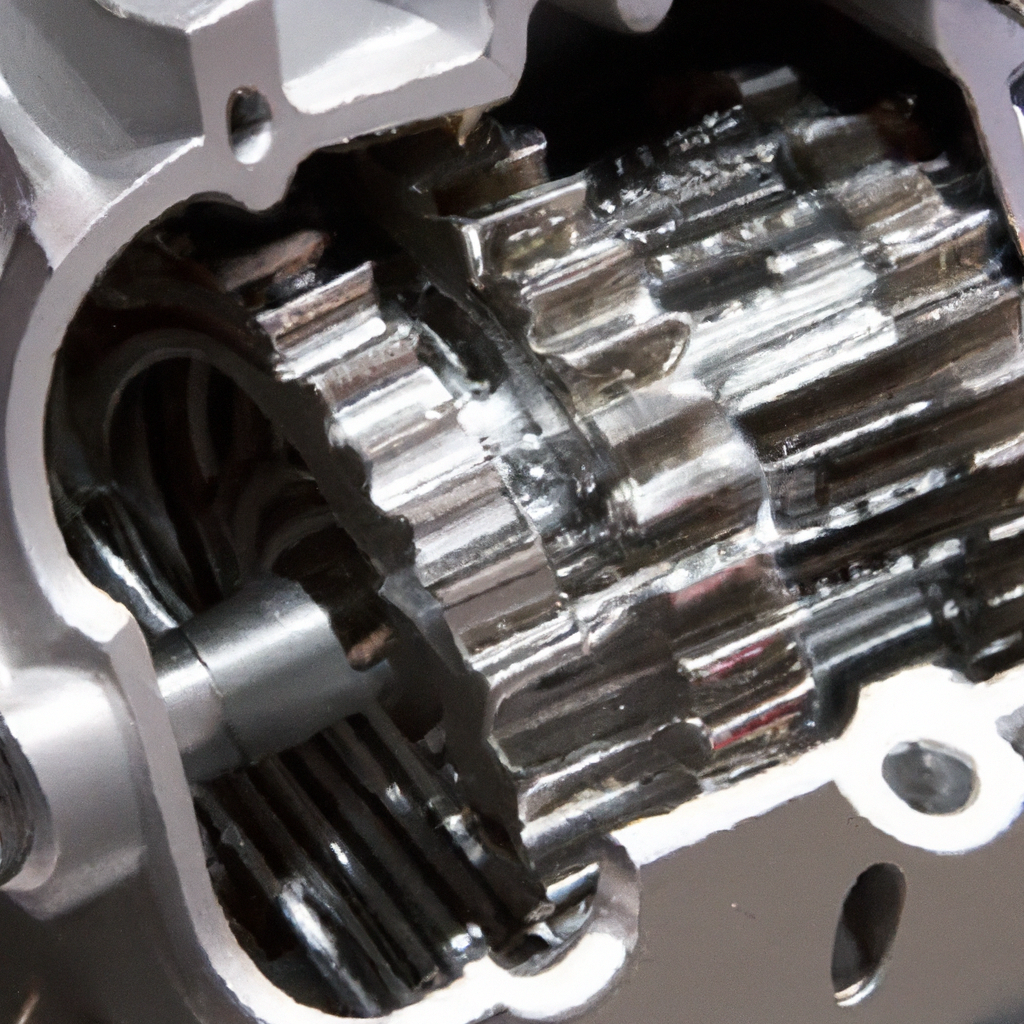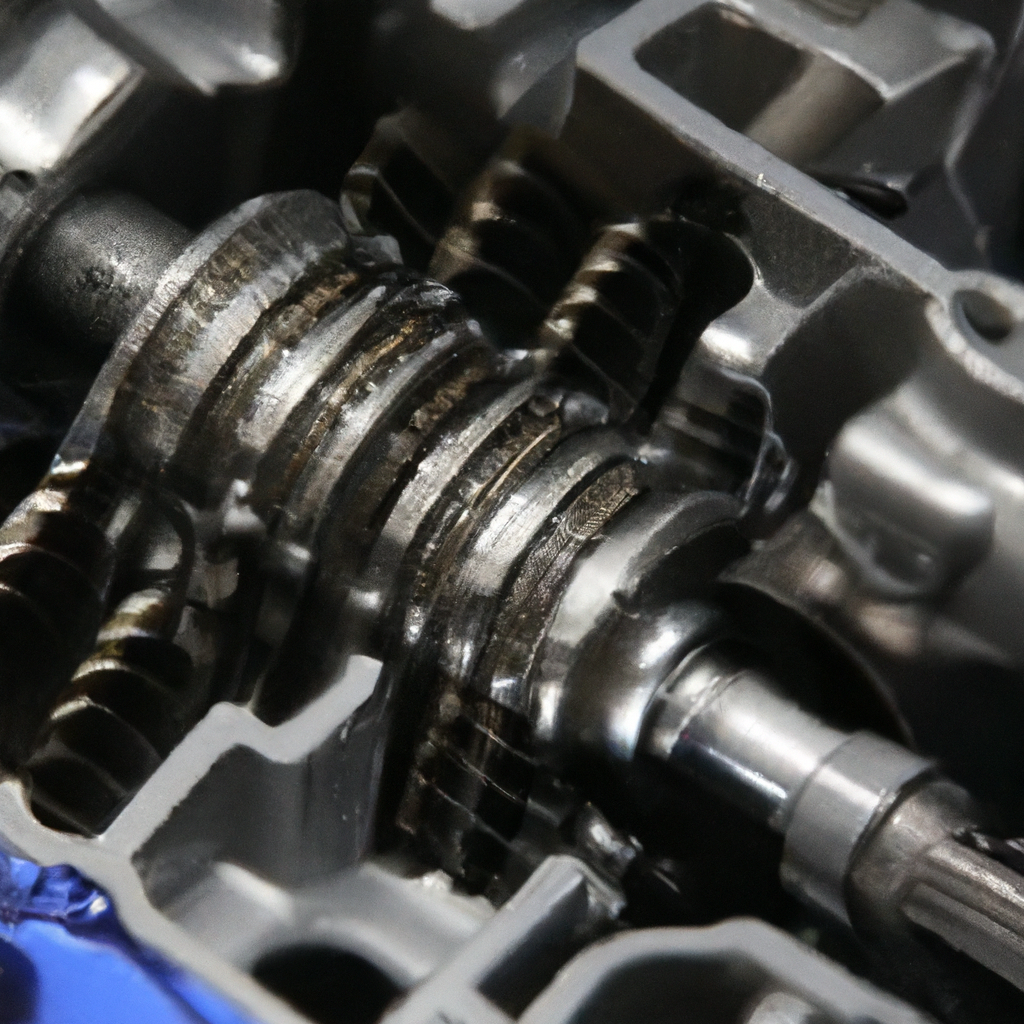What Are Cam Phasers F150
Last Updated on by David Jon
In this article, we guide Ford pickup enthusiasts, professional mechanics, and DIY followers through the intricate details of cam phasers within the heart of beloved Ford F150s. Armed with authoritative knowledge and insights, this write-up aids you in understanding the complex functions of these little-known yet vital components, guiding you towards enhanced vehicular maintenance and repair. Written in a clear and concise manner, it offers value to those dealing with F150 models regularly, providing an intrinsic perspective into its running mechanism.

Understanding Cam Phasers
Definition of Cam Phasers
Cam phasers are technological marvels, part of the variable valve timing system in a vehicle, significantly in modern internal combustion engines. Essentially, these are devices that enhance the engine’s performance, allowing the camshaft to rotate in synchronization with the engine’s speed, providing dynamic valve timing.
Function of Cam Phasers
The role of cam phasers is substantial in achieving optimal engine performance. The principal function is to adjust the camshaft timing, ensuring that the engine’s valves open and close at the right moment, balancing the four stroke combustion cycle: intake, compression, combustion, and exhaust. This process enhances engine efficiency, power, and fuel economy while minimizing harmful exhaust emissions.
Location of Cam Phasers in a Ford F150
In a Ford F150, the cam phasers are typically mounted at the front of the camshaft. Right at the end of the camshaft, to be precise. The location is strategic for the phasers to perform their function proficiently, engaging with the timing chain for seamless valve control.
Details about F150 Model
Historical Background of Ford F150
The Ford F150 stands as a reputable name in the automotive industry, characterized by its deep-rooted history tracing back to 1948. Renowned for quality and ruggedness, the units were introduced as post-WWII trucks, marking the beginning of the F-series, which has grown over the decades into the present-day F150.
Engine Specifications of F150
The Ford F150 is underpinned by robust engine specifications. Ranging from 3.3L Ti-VCT V6 base engine, including Ecoboost V6 variants and the top-tier 5.0L Ti-VCT V8, drivers are offered broad choices. These engines are paired with a sophisticated ten-speed transmission and exhibit extra-ordinary competence, making the F150 a powerhouse on the road.
Common Features of F150 Models
The F150 stands apart from competitors with distinct features. These include rider-centric interiors, advanced infotainment systems, plush seating, dynamic ride and handling, along with towing and hauling capabilities. Safety features such as Pre-Collision Assist, Lane-Keeping System, 360-Degree Camera and Ford Co-Pilot360™ technology are also impressive.
Role of Cam Phasers in F150
Understanding Valvetrain Operations of F150
Within the F150, the valvetrain plays a critical role in managing the opening and closing of the engine valves. Here, cam phasers facilitate perfect synchronization between the camshaft and crankshaft rotations, effectively adjusting the valve timing according to the engine’s operational needs.
Control of Engine Timing
Cam phasers in an F150 meticulously control the engine timing by advancing or retarding the camshaft position. This action enables the engine to better respond to the driver’s throttle inputs by instantly adjusting valve operations for richer or leaner fuel mixtures, ensuring that the engine performs optimally as per demand.
Optimizing Engine Performance
By modifying valve timing according to engine speed, load, and temperature, cam phasers play a pivotal role in optimizing the F150’s performance. This optimization maximizes fuel efficiency, elevates driving performance, and curbs environmentally harmful tailpipe emissions.

Common Issues with F150 Cam Phasers
Identifying Early Signs of Cam Phaser Failure
It’s critical to recognize cam phaser malfunctions early on. Symptoms include reduced engine performance, poor fuel economy, misfires, a check engine light signal, or an abnormal knocking sound from the engine bay, particularly during start-up or idling.
Common Symptoms of Cam Phaser Problems
Other symptoms suggesting cam phaser issues include unresponsiveness to throttle inputs, and stalling at lowered speeds or during idling. The engine may also exhibit excessive vibration, the truck may be difficult to start, or the engine may suffer from rough idle.
Impact of Failed Cam Phasers on F150 Performance
Failed cam phasers can drastically impact the performance and lifespan of an F150. Besides a drop in engine efficiency, capability, and fuel economy, failed cam phasers may lead to more severe issues with the valvetrain. These may include engine misfires, valve clatter, or engine failure in extreme cases.
Causes of Cam Phaser Failures
Factor 1: Lack of Regular Maintenance
Maintenance neglect often leads to cam phaser failures. Irregular oil changes can cause phasers to malfunction due to oil sludging and clogging, hindering the phasers’ capability to accurately adjust the camshaft timing.
Factor 2: Poor Quality Oil
The use of poor-quality engine oil can also compromise cam phaser functioning. Low-grade oils may fail to provide appropriate lubrication, leading to increased friction, heat, and wear, which could damage the cam phasers over time.
Factor 3: High Mileage
High mileage is another factor contributing to cam phaser failures in F150s. As the mileage builds up, internal engine components, including cam phasers, gradually wear out, leading to efficiency loss and eventual malfunction.
Diagnosing Cam Phaser Problems
Diagnosis Method 1: Gaining Diagnostic Codes
One effective way to diagnose cam phaser issues is through retrieving diagnostic trouble codes (DTC). The truck’s computer logs DTCs whenever it detects problems. These codes can be read using dedicated on-board diagnostic (OBD) scan tools to ascertain the nature of the malfunction.
Diagnosis Method 2: Physical Inspection
Physical inspections also aid in identifying cam phaser issues. For instance, if there is a clattering sound from the engine, it could point to a failure in cam phaser operation. This method, though, requires considerable mechanical know-how and experience, not to mention the correct tools.
Diagnosis Method 3: Engine Noise Analysis
Analyzing engine noise is another valuable diagnostic method. Commonly, faulty cam phasers create a distinct ‘dieseling’ or ‘ticking’ sound in the engine, which increases with speed. Noticing such noises would warrant a check-up.
Repair and Replacement of F150 Cam Phasers
Step 1: Removal of Old Cam Phasers
The replacement process begins with removing the old, damaged cam phasers. This step requires detaching the timing chain, then the phasers from the camshafts. It’s a complex task requiring intricate understanding of the engine and, most critically, precise reassembly.
Step 2: Installation of New Cam Phasers
The next step involves installing the new cam phasers. After mounting the phasers onto the camshafts, the timing chain must be reattached, taking care to precisely set the camshaft timing to avoid future malfunctions.
Post-replacement Checks
After the new phasers are installed, perform check-ups to ensure that everything is functioning as intended. Start the vehicle and listen carefully for any abnormal noises. If the vehicle functions quietly and without issue, the replacement was successful.
What is the Ford F150 Cam Phaser Recall?
The ford f150 cam phaser recall refers to a safety issue regarding the cam phasers in certain Ford F150 models. This recall aims to address potential defects that may cause engine problems, such as stalling or loss of power. It is important for Ford F150 owners to check if their vehicles are affected by this recall and take the necessary steps to ensure proper repairs are completed.
Preventive Measures for Cam Phaser Failures
Maintaining Regular Oil Changes
Sticking to a regular oil change schedule is a fundamental preventive measure against cam phaser failures. Fresh and clean oil helps keep the cam phasers operable, ensuring responsible valve timing and engine efficiency.
Using Quality Engine Oil
It’s crucial to use high-quality engine oil that matches your F150’s specifications. Premium oils provide excellent lubrication, reducing friction among engine parts, including cam phasers, and prolonging their functional life.
Regular Check-ups and Inspections
Regular inspections and servicing, particularly engine check-ups, help in early detection and fixing of minor issues that could lead to cam phaser malfunction. Regularity and thoroughness in these check-ups are critical.
Cost of Replacing Cam Phasers in F150
Average Cost of Cam Phaser Replacement
The cost of replacing cam phasers can vary significantly depending on factors such as location, technician labor rates, and the cam phaser part itself. However, generally, replacement costs can range from $700 to $1500 including labor and parts.
Factors Influencing Cost
Several factors can affect the cost of cam phaser replacement in an F150. Besides the individual cost of the parts and labor, the complexity of the problem, other required repairs, and the model year of the vehicle may also factor into the total cost.
Ways to Minimize Replacement Cost
Efforts to mitigate replacement costs include performing routine maintenance, early problem diagnosis, and using quality replacement parts. Furthermore, consider getting multiple service quotes and selecting a trusted mechanic for the task.
Frequently Asked Questions about F150 Cam Phasers
Answering Most Common Queries
Many common queries relate to symptoms of cam phaser failure, their causes, replacement, costs, and preventive measures. We’ve attempted to provide comprehensive responses to these topics, aiding in a comprehensible understanding of cam phasers in F150.
Dispelling Myths around Cam Phasers
We would like to dispel misunderstandings surrounding cam phasers in F150 – such as assumptions that they are merely noise reduction devices or that cam phaser malfunctions always necessitate engine replacement. Indeed, while cam phaser issues mustn’t be taken lightly, their early diagnosis and rectification can save considerable future trouble.
Final Thoughts on Cam Phasers in F150
Cam phasers play a crucial role in augmenting an F150’s engine efficiency, all while curbing emissions. Consequently, understanding them, their issues, and their maintenance requirements, is valuable for every Ford F150 owner. As we stress, prevention is always better than cure – timely checks and professional service go a long way.


